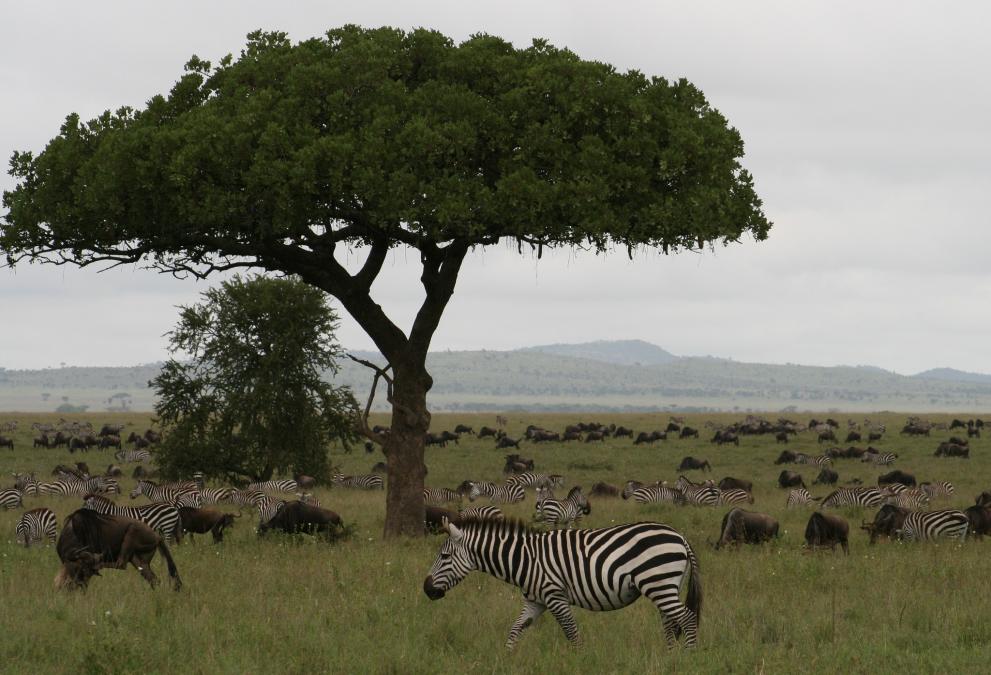Objectives

The Biodiversity and Protected Areas Management Programme contributes to improving the long-term conservation and sustainable use of biodiversity and natural resources in protected and conserved areas and their surroundings in Africa, Caribbean and Pacific regions. It improves the policy and decision-making capacities of institutions responsible for biodiversity conservation and protected area management by making available up-to-date scientific information and knowledge, enhancing governance and transparency, networking, technology transfer and advocacy.
More precisely, the objectives of BIOPAMA are
- to improve information and knowledge management and to deliver high-quality data on the status of protected areas (towards advanced decision-making systems)
- to expand the capacities of national decision-makers to manage the information and use it for planning, monitoring and management of natural resources in protected and conserved areas and surrounding communities
- to support protected areas facing management challenges
Our approach
BIOPAMA intervenes in 79 countries hosting 9 000 protected terrestrial and marine areas, encompassing a massive diversity of ecological, social, economic and cultural landscapes. The regions represent some of the most challenging places on Earth and host a huge share of our planet’s biodiversity. While the objectives of the programme are the same across all the regions, BIOPAMA can only succeed by tailoring them to respond to specific needs and complement countries’ efforts filling the gaps where they exist.
The programme builds on the following elements
1. Regional Observatory for biodiversity and protected areas management in each of the five regions in Africa, Caribbean and Pacific. Its mandate is to coordinate data collection, analysis, monitoring and reporting and help tracking the progress. In addition, it seeks to develop the capacities of regional and national authorities to make optimal use of this information, and to provide policy guidance for better decision making. The Regional Observatories are:
- Central African Forest Observatory
- Eastern and Southern Africa: Regional Resource Hub
- Biodiversity and Protected Areas Management Reference Information System for Western Africa
- Caribbean Protected Areas Gateway
- Pacific Islands Protected Area Portal
2. Targeted capacity building activities on protected area management and governance for national agencies, site managers and other conservation practitioners to improve decision-making, as well as networking and advocacy for nature-based solutions.
3. Regional Reference Information Systems, hosted within the Regional Observatories, which provides easy and free access to critical information on the region’s biodiversity and protected areas, and thus support the regional and national authorities and site managers in decision making.
In addition, protected and conserved areas and surrounding communities can be granted funds to address specific management and governance issues identified by the management and governance assessment tools.
Expected results
By the end of the programme, all African, Caribbean and Pacific countries should have up-to-date data in the World Database of Protected Areas. At least 10% of the protected areas of each country are assessed for management effectiveness and at least 5 sites per region assessed for governance At least 60% of the ACP countries should be using Regional Observatories and Regional Reference Information Systems for information, decision-making and reporting. Furthermore, at least 200 relevant users will be trained per region, at least two State of Protected Areas reports produced per region, and at least 100 priority areas should benefit from BIOPAMA-funded projects.
